Outreach Projects
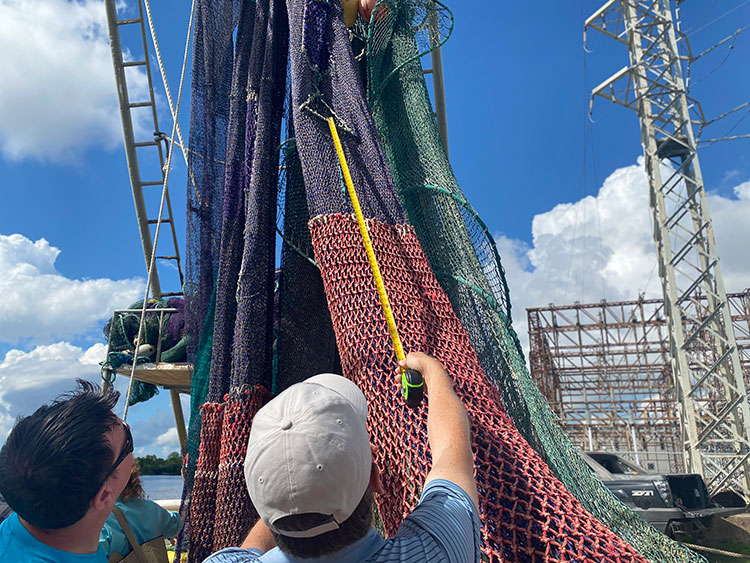
Better Bycatch Reduction Devices for the Gulf Commercial Shrimp Trawl Fishery
Louisiana and Texas Sea Grant programs are working with the National Oceanographic and Atmospheric Administration (NOAA) to identify and promote certified bycatch reduction devices (BRDs –“bird”) for use in the shrimp trawl industry. Current regulations state that each net must have one compliant BRD while fishing within the Gulf.
More about the Better Bycatch Reduction Device Project >
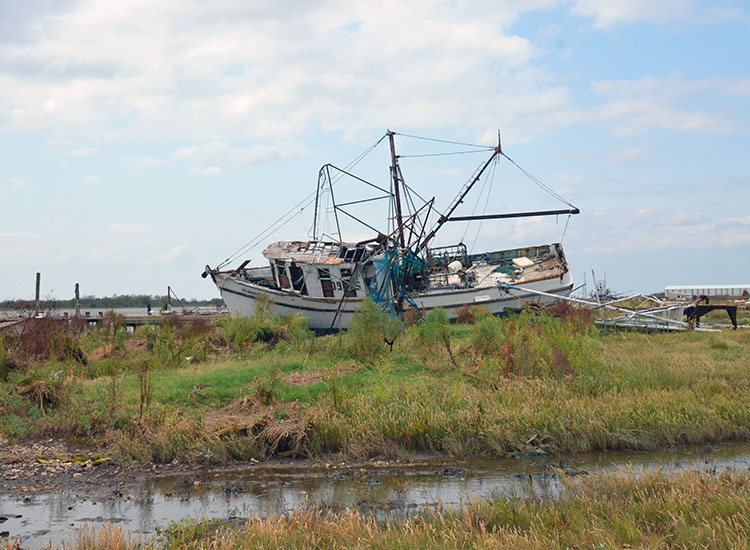
Harbor of Refuge
Harbors of refuge are places where commercial fishing vessels can tie up during storm events. Every vessel lost has a direct economic impact on the owner, the navigability of waterways and those ultimately charged with removing the vessel. While extensive research has been conducted on terrestrial evacuation needs and routes, little has been focused on aquatic evacuation needs.
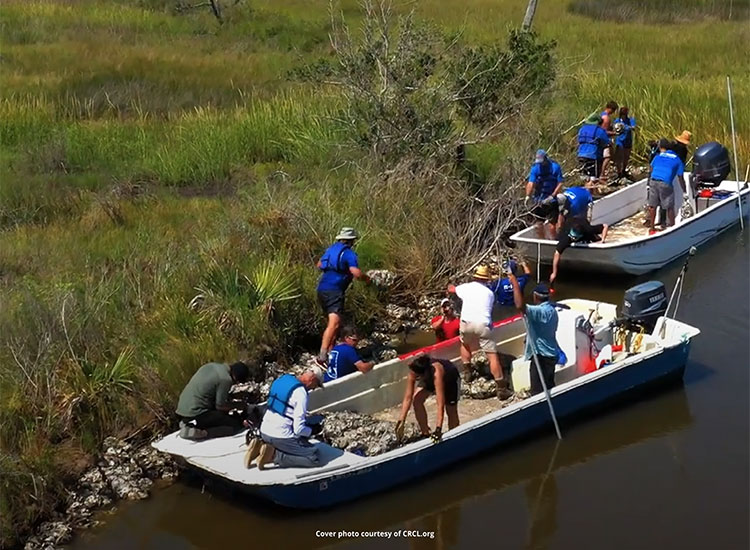 Living Shorelines
Living Shorelines
A living shoreline is a form of coastline restoration and protection that incorporates natural materials, such as oyster shells, rocks, and native marsh grasses. These types of projects can reduce erosion and protect property by stabilizing the shoreline and dissipating wave energy. They also provide beneficial habitat for local wildlife, improve water quality, and resist storm damage better than hardened shoreline structures like bulkheads or seawalls.
More about Living Shorelines >
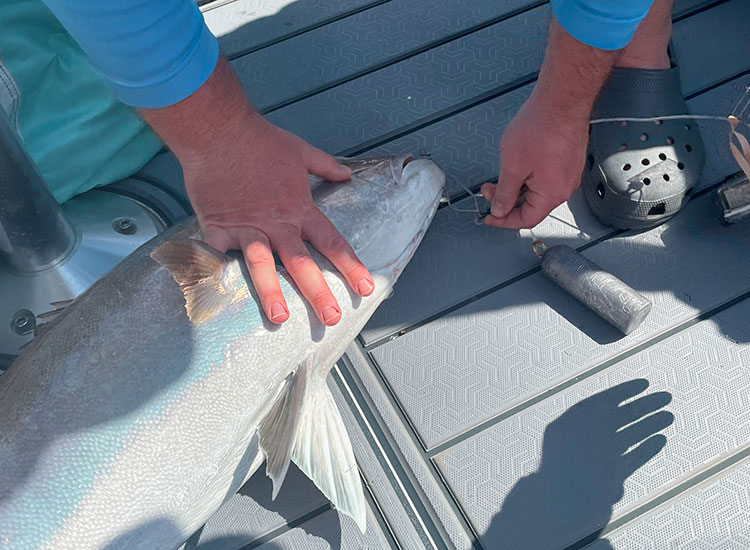 Reef Fish
Reef Fish
The Gulf of Mexico reef fish complex is comprised of 31 species of snappers, jacks, tilefishes, groupers, hogfish and triggerfish. Found on both artificial and natural structures in the Gulf of Mexico, these fishes hold high importance in recreational and commercial fisheries. Our goal is to increase awareness of best practices and important information regarding reef fish in the Gulf.
Soft Shell Crab
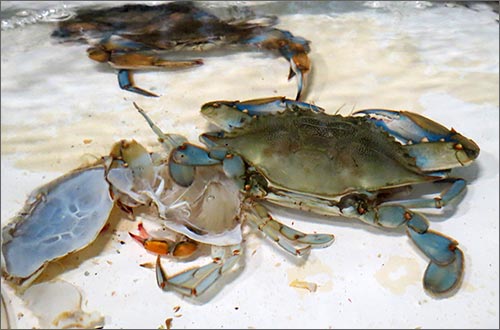 Soft shell blue crab aquaculture is one of the oldest aquaculture industries in the United States. In the recent past, soft shell aquaculture in the U.S. produced over 1 million pounds valued at over $5.5 million. However, this industry has been in decline over the last 30 years. Severe natural storms and changing conditions of salinity and water quality have been hard on the industry. Our goals are to increase survival under changing conditions, increase participation in the industry, and make the industry more resilient to natural hazards.
Soft shell blue crab aquaculture is one of the oldest aquaculture industries in the United States. In the recent past, soft shell aquaculture in the U.S. produced over 1 million pounds valued at over $5.5 million. However, this industry has been in decline over the last 30 years. Severe natural storms and changing conditions of salinity and water quality have been hard on the industry. Our goals are to increase survival under changing conditions, increase participation in the industry, and make the industry more resilient to natural hazards.
More about the Soft-Shell Crab Project >
 Southeast Shrimp Strategy and Planning Meeting
Southeast Shrimp Strategy and Planning Meeting
The Southeast Shrimp Strategy and Planning Meeting convened from April 30 to May 1, 2024, at the Burden Conference Center. Hosted by Georgia, Louisiana and Texas Sea Grant College Programs with the Gulf States Marine Fisheries Commission, the meeting aimed to address the pressing challenges facing the shrimp industry, including economic hardships, market dynamics, regulatory issues and sustainability concerns.
More about the Southeast Shrimp Strategy and Planning Meeting >
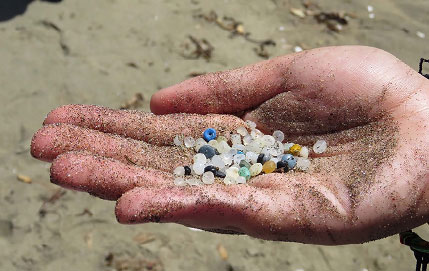 What is Marine Debris?
What is Marine Debris?
NOAA defines marine debris as “any persistent solid material that is manufactured or processed and directly or indirectly, intentionally or unintentionally, disposed of or abandoned into the marine environment or the Great Lakes.” There are multiple types of marine debris–including litter, lost or abandoned fishing gear and boats and nurdles and other forms of microplastics–that may enter the environment via intentional dumping, discarding, abandoning or accidental release (e.g., lost during transport or storm events).
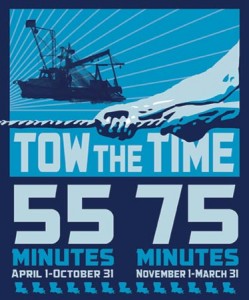
Tow the Time
Fishermen using skimmer trawls, pusher-head trawls and wing-net trawls without TEDs have tow time limits to help prevent incidental catch of turtles.
Louisiana Wild Seafood Certification Program
The Louisiana Wild Seafood Certification is a voluntary program for seafood vendors established by the Louisiana Department of Wildlife and Fisheries (LDWF) to stamp shrimp, crabs, finfish, oysters and crawfish harvested in Louisiana as “Certified Authentic Louisiana Wild Seafood.” It also promotes maintaining a quality product from the moment the catch hits the deck, through dockside processing to final wholesaler processing.
Online Training: LWSCP training presentation >
